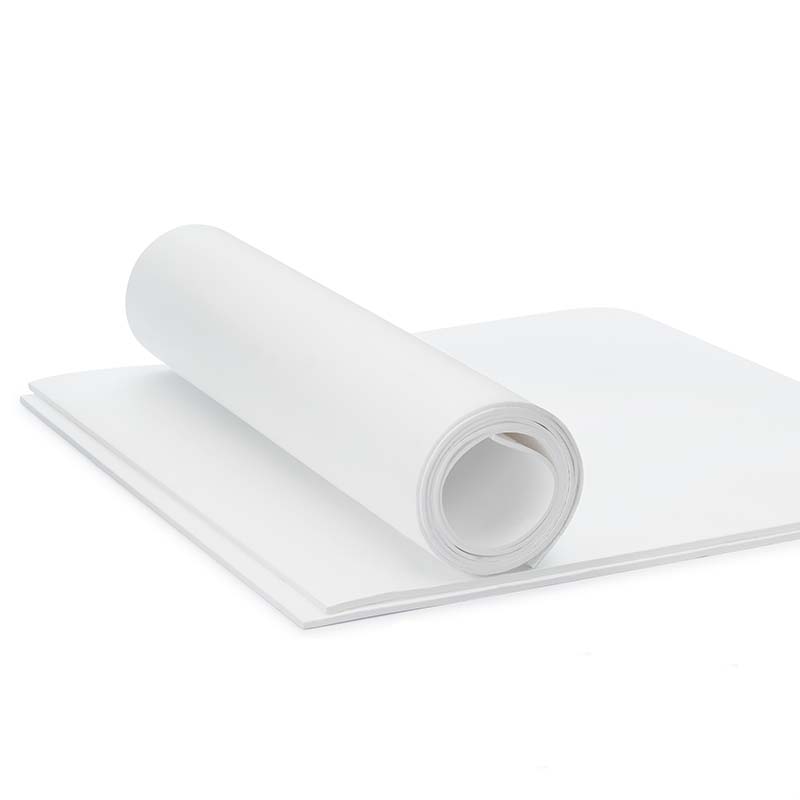
Polytetrafluoroethylene (PTFE) is one of the most common materials used for seals. Expanded PTFE, or ePTFE, is a soft material with many of the same properties as PTFE. However, ePTFE is more flexible, making it a better choice for specific applications.
How does ePTFE compare to PFE? For better clarification, let’s look at some of the aspects of the two.
What is Expanded PTFE
Expanded Polytetrafluoroethylene (ePTFE) is a PTFE resin created through a unique processing method that includes stretching, making it flexible. Expanded PTFE has a mesh structure ideal for medical equipment, food processing, oil and gas, and any other industry requiring tight seals.
Like its counterpart PTFE, ePTFE is non-toxic, hygienic, and chemically inert. In addition, its flexible nature allows it to seal tightly over surfaces where traditional seals won’t work.
Advantages of ePTFE
Expanded PTFE has high sealability, especially at low stress. It can compensate for irregularities in the surface to create a steadfast seal. The ePTFE gasket sheets have superior resistance to creep and cold flow and adapt well to sealing surfaces.
Applications ePTFE
The ePTFE gasket sheets have a porous nature making them ideal for use in medical devices. For example, it is found in dental implants and barrier membranes in medical equipment. It is also found in electronic insulators and high-performance filters.
The oil and gas industries use ePTFE sheets to even out bumps and ridges in chemical pipe flanges. Smoothing out the bumps helps to provide a tighter seal between the flanges for better leak control.
Other applications for ePTFE include:
- Pumps
- Glass-lined flanges, reactors
- Heat exchangers
- Apparatus constructions
Properties of ePTFE
ePTFE is 100% multidirectional and is physiologically inert for all recommended applications. Other technical properties of ePTFE sheets include the following:
- Chemical resistance in the entire pH range (except for molten alkali metals)
- Temperature Range: -268°C to 270°C (-450°F to 518°F).
- Density of 0.85g/cm3 +/- 0.10g/cm3
- Pressure range of vacuum up to 200bar (3000psi)
What is PTFE
Polytetrafluoroethylene (PTFE), also known by its trade name Teflon®, was discovered in the 1950s by Dupont Chemist Roy J. Plunkett. It is a non-wetting, high-density material that is resistant to high temperatures.
Because of its high melting point and insolubility in most solvents, PTFE is the ideal choice for most sealing applications. In addition, PTFE can be unfilled (virgin) or filled with various compounds, such as glass or carbon.
Advantages of PTFE
Using PTFE as a seal or gasket has many incredible advantages. These benefits make it the ideal choice for applications across many fields. Let’s take a look at some of those advantages.
PTFE has a high-temperature resistance. PTFE can withstand temperatures of up to 500°F or 260°C. In addition, PTFE is chemically resistant to aggressive chemicals such as solvents, acids, and bases.
Along with its temperature and chemical resistance, PTFE has non-corrosive properties and can be used as electrical and thermal insulation. This versatile material comes in a wide range of thicknesses, fillers, and compressed sheets.
Applications PTFE
There are several applications in which PTFE is the ideal sealing solution. Industrial plants use PTFE as envelope gaskets to contain leakages of the substances being managed. The substance’s water resistance makes it suitable for industrial plants, the food industry, and medical laboratories.
PTFE is also used in construction because of its low frictional quality, which extends the life of the PTFE. The sheets are also used in industries where highly reactive substances because of the sheet’s resistance to acids.
Properties of PTFE
PTFE’s low coefficient of friction is not the only property that makes it ideal for many sealing applications. Other properties include:
- A density of 2.10e3 – 2.2e3 kg/m3
- Tensile strength is 2.07e7 – 3.45e7 Pa
- Max Temperature 250°C to 271°C (482°F – 520°F)
- Melting Temperature 215°C – 339°C ( 599°F to 642°F)
- Chemical resistance to the entire pH range (except for molten alkali metals)
Conclusion
Both ePTFE and PTFE are suitable for most sealing applications. Determining which product is necessary depends on the application. Contact us today to learn more about our PTFE sealing options.
